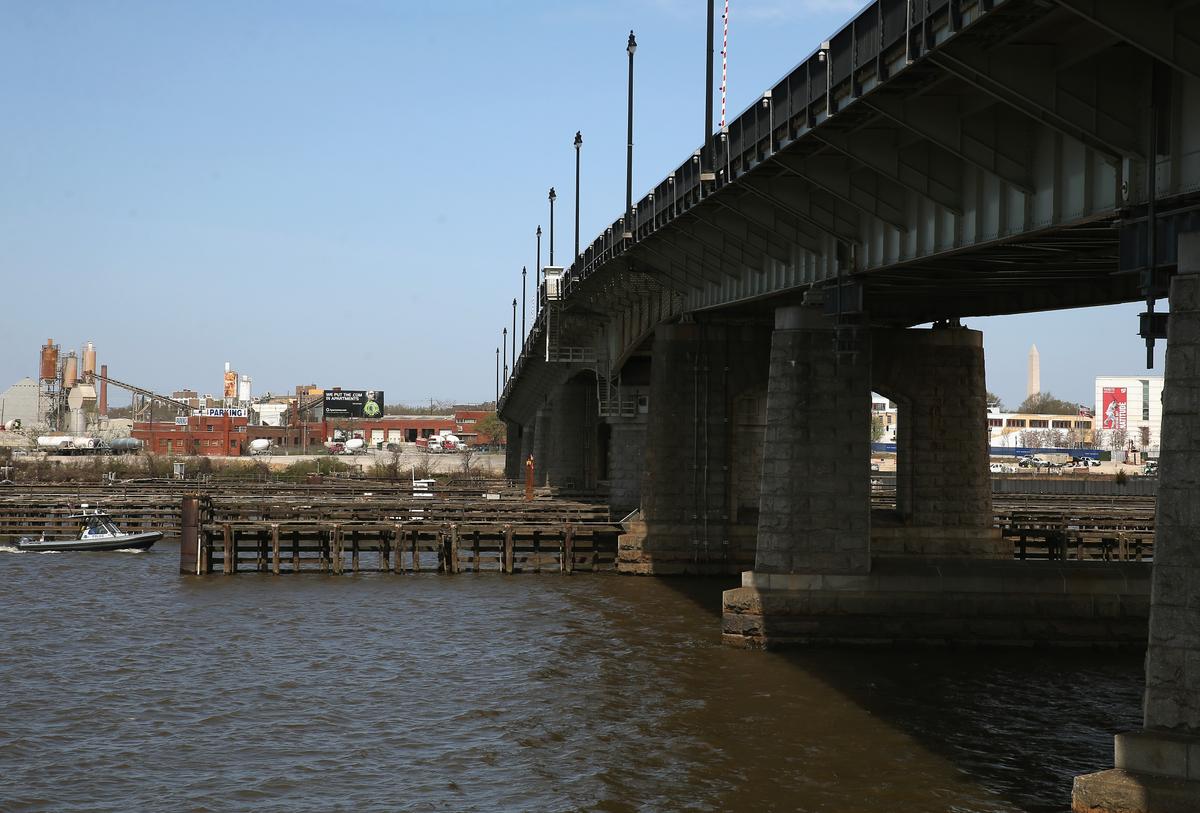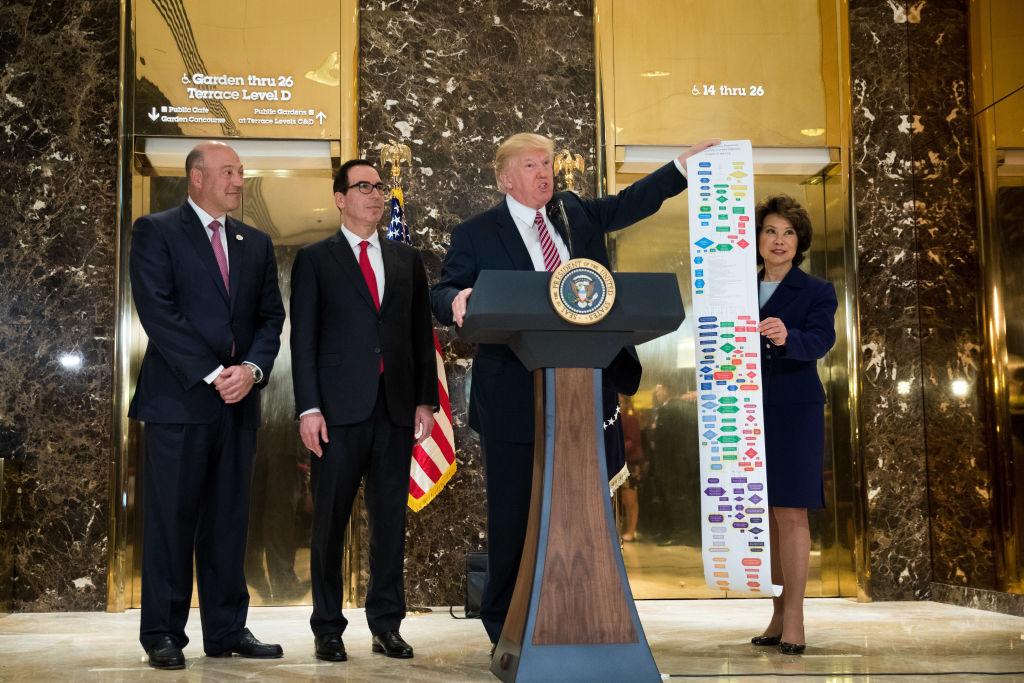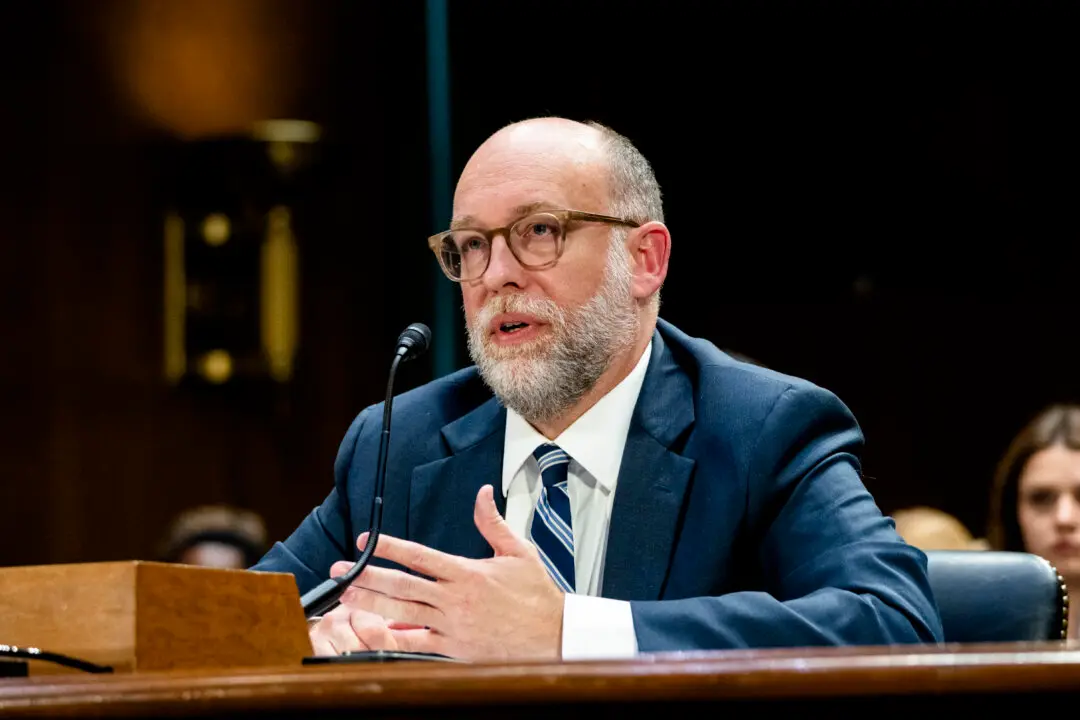President Donald Trump’s new executive order on the infrastructure approval process has come as a welcome relief for the construction sector.
On Aug. 15, Trump signed a new executive order to speed up the environmental review and permitting process for major projects, which takes an average of seven years under the current system.
This is a major step toward amending an infrastructure approval process that is inefficient and overregulated, according to the Associated General Contractors of America (AGC), the leading association for the construction sector.
“We welcome any effort to streamline the federal review process for awarding permits,” said Brian Turmail, executive director of public affairs for AGC.
The entire environmental review process for a complex highway project lasts seven years on average, according to a 2014 report from the Government Accountability Office.
A single agency can take nearly four to five years on average to finalize an environmental review, according to the National Association of Environmental Professionals.
Turmail likened the so-called concurrent agency review process to the children’s game Chutes and Ladders.






